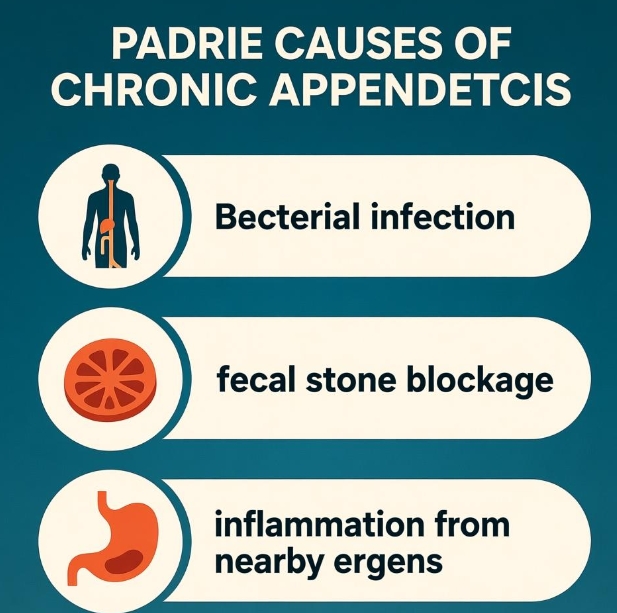A hernia occurs when tissue protrudes through a weak spot in the surrounding muscle or connective tissue. Symptoms vary by type and severity, but common shared features include:
- Visible or palpable bulge
The hallmark sign is a lump that appears while standing, coughing, or straining and often disappears when lying down . - Local discomfort or pain
Aching, burning, or dragging pain at the site, especially when bending, lifting, or at the end of the day; usually relieved by rest . - Heaviness or pressure
A sense of weight in the groin, abdomen, or scrotum that increases with prolonged standing or exercise . - Cough impulse
The lump enlarges with each cough or Valsalva manoeuvre and reduces easily with gentle pressure in uncomplicated cases . - Reducible versus irreducible
Reducible hernias pop in and out; irreducible hernias remain out, are firmer, and carry higher complication risk . - Signs of incarceration/strangulation
Sudden severe pain, nausea, vomiting, fever, and a tender, non-reducible mass with red or purple overlying skin indicate compromised blood supply and require emergency surgery . - Special patterns
- Inguinal: groin lump radiating to scrotum in males
- Femoral: lump below groin crease, more common in women
- Umbilical: bulge at navel, obvious when baby cries
- Incisional: swelling at old surgical scar
- Hiatal: heartburn, chest pain, dysphagia without external lump
Any new or enlarging bulge accompanied by pain, nausea, or inability to reduce the mass merits urgent surgical evaluation.
| Symptom | Usual Benign Pattern | Emergency Alarm |
|---|---|---|
| Bulge | Appears on strain, reduces supine | Non-reducible, discoloured skin |
| Pain | Aching after exertion | Sudden, severe, constant |
| Nausea/vomiting | Rare | Persistent with obstruction |
| Fever | Absent | Present with strangulation |
| Bowel | Normal | Absolute constipation, no flatus |





